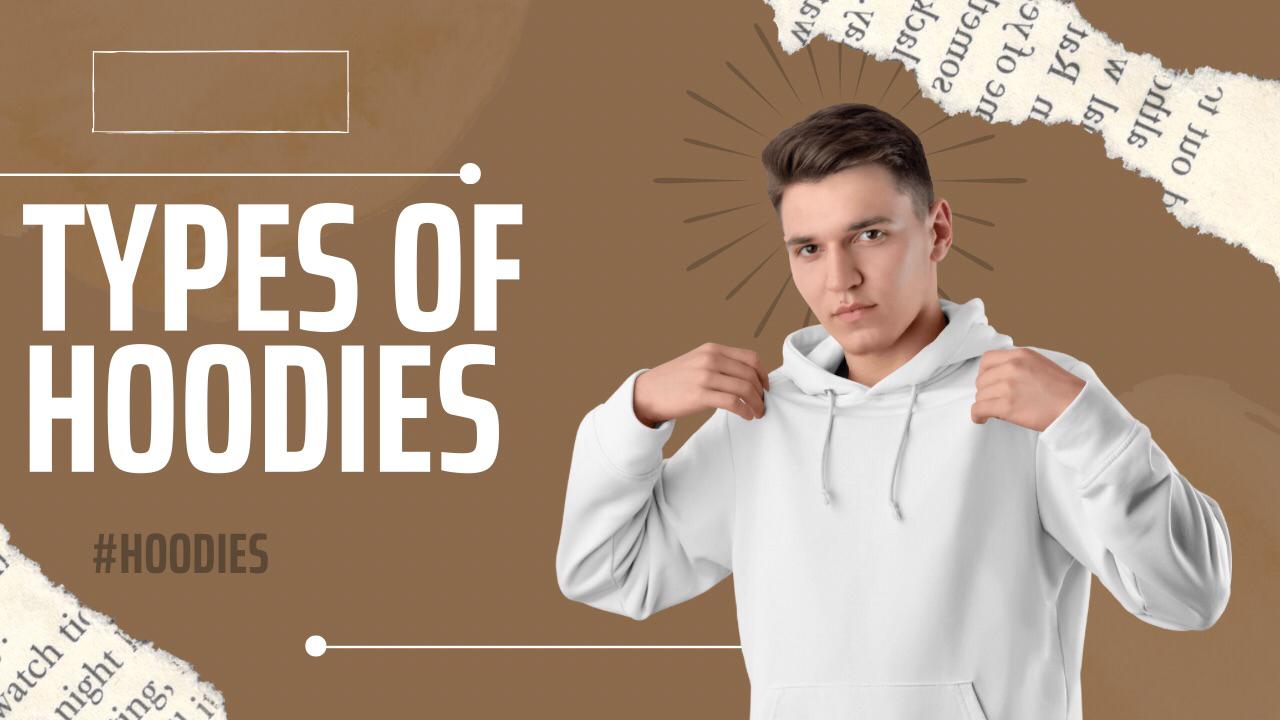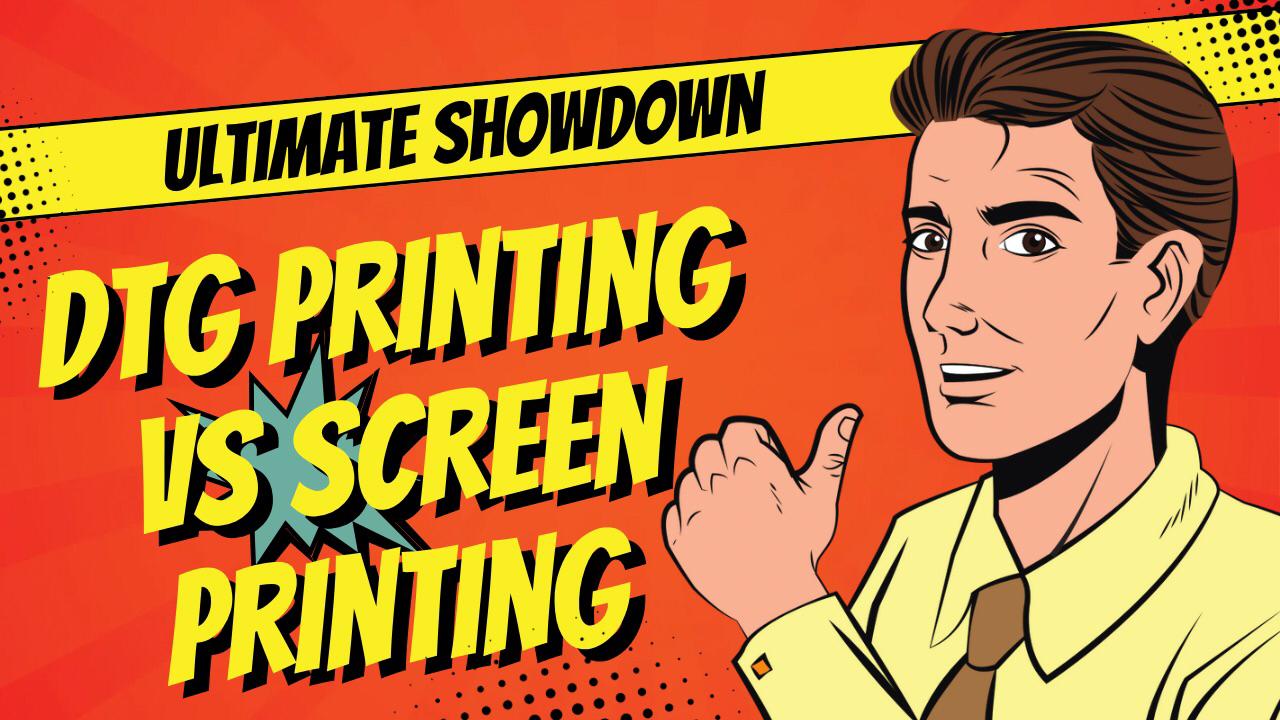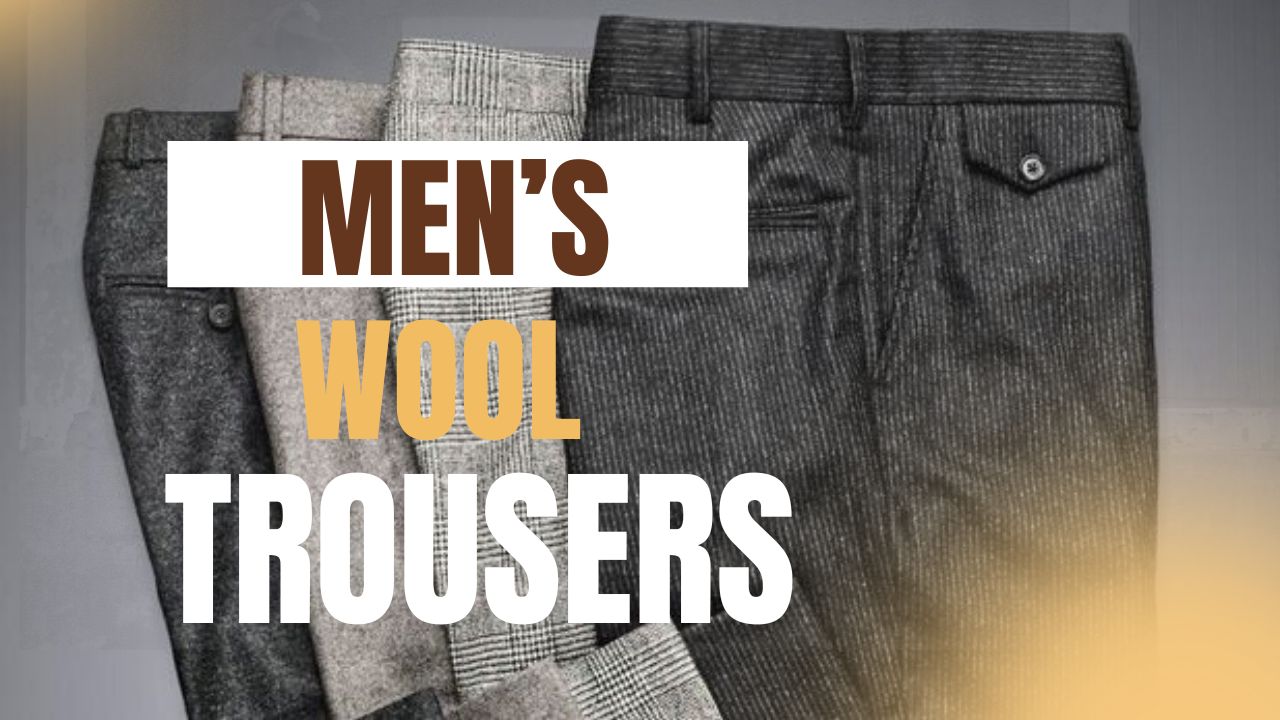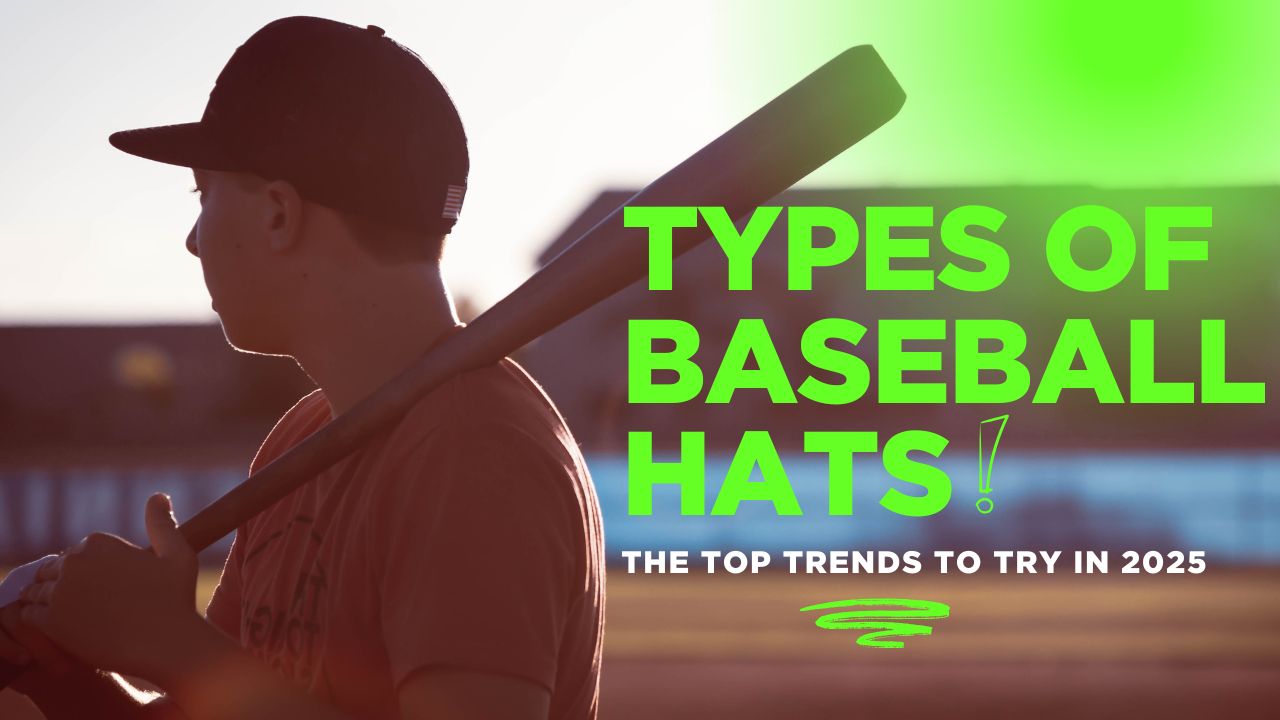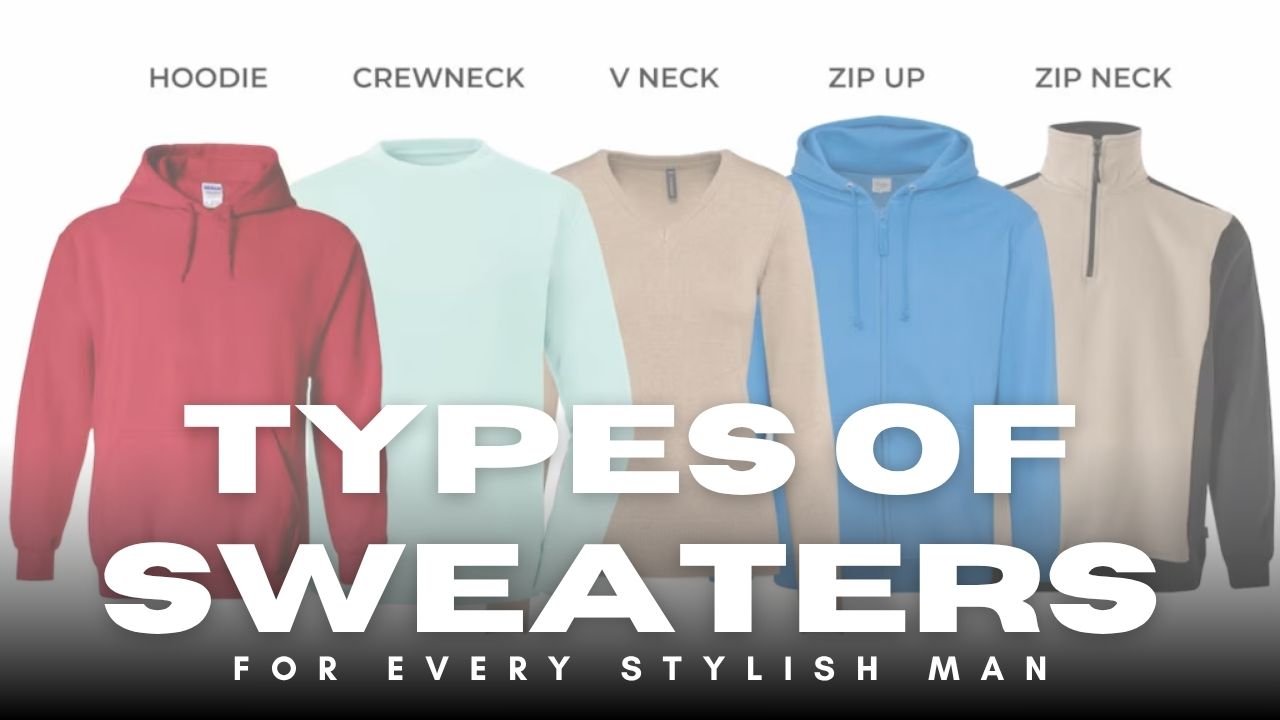Explore the 11 Best Types of Hoodies for Every Personality
Your closet can always benefit from a range of trendy hoodie styles that match every personality and occasion. Just like types of sweaters and types of jackets, hoodies come in many forms—from cozy, oversized designs perfect for lounging to cropped, retro styles that keep your look fresh. Whether you lean towards slouchy favorites or more active, fitted options, these different hoodie designs say a lot about your personal style. No matter what you choose, the perfect hoodie is ready to become your go-to item and faithful companion, adding both comfort and effortless style to your wardrobe.
Explore the 11 Best Types of Hoodies for Every Personality
Looking for the perfect hoodie style? From pullovers to zip-ups, oversized to cropped—Express Stitch Industries custom manufactures all types of hoodies to match your brand. Get in touch today to bring your designs to life!
Are There Different Types of Hoodies?
Yes, there are many different types of hoodies that bring unique styles and design to fashion. Whether you want to draw attention with a bold look or prefer something more subtle and creative, the variety of hoodies available here will always inspire you. Each type offers a unique twist, so you can express your personality and stand out in your own way.
The Classic Pullover Hoodie for Casual Comfort
When it comes to choosing a hoodie, the key is balancing style, comfort, and versatility. For men seeking a minimalist yet functional piece, a classic pullover hoodie in neutral colors like gray, navy, or black is a must-have. Opt for medium-weight cotton-polyester blends that provide just the right amount of ventilation and warmth—perfect for spring and fall days when you need that extra layering without feeling too heavy. Features like a zippered pouch or adjustable hood add handy practicality, while a logo-free design keeps the look subtle and clean.
For those laid-back downtime or lazy chill days, an oversized or slouchy style offers maximum comfort and a relaxed vibe. Meanwhile, a more fitted hoodie delivers a sportier look that’s great for casual outings or light workouts. Whether you want to store essentials in a small chest pocket or just throw on a heavy fleece for cold evenings, the right hoodie blends classic style with modern versatility, making it an essential part of everyday life.
The Zip-Up Hoodie for Easy On and Off
A zip-up or full-zip hoodie is a practical staple for anyone seeking easy temperature and warmth control during layering. Its adjustable design lets you throw it on over a t-shirt or under a coat, offering quick convenience when the weather changes. With handy pockets in the front, it provides safe storage for essentials like your phone, keys, or even a small hair tie, helping you avoid the struggle of slipping items or losing them during exercise or daily activities.
The fleece inside offers plush insulation that traps heat without being too heavy or bulky, making it ideal for active days or when you want to stay cozy and comfortable. Plus, the hoodie’s versatile style means it fits any personality and wardrobe, whether you wear it zipped up for warmth or partially unzipped to release some heat on warmer days. This combination of function and fashion makes it a convenient go-to for all kinds of seasons and activities.
The Oversized Hoodie for Lounging in Style
The oversized hoodie is the perfect cozy piece for lazy weekends or chilly nights spent lounging at home. Made from soft fleece or breathable cotton fabric, it offers a relaxed, laid-back look with plenty of room to move and layer. Pair it with comfy leggings, joggers, or your favorite jeans, and slip on some warm slippers for ultimate comfort. The kangaroo pocket and adjustable drawstring add functional style to this intentionally loose fit hoodie that’s great for seasonally transitional days when you need extra warmth without bulk.
Whether you’re layering over a simple tank or a casual tee, the ribbed cuffs and solid construction ensure this minimalist hoodie stays cozy and stylish. It’s an adored comfort jacket-alternative that feels like a warm blanket, perfect for slipping into when you want to keep things casual but still look effortlessly stylish around the house or out and about.
The Cropped Hoodie to Show Off Your Style
The cropped hoodie is a bold and stylish must-have for those who want to blend sporty vibes with a touch of retro flair. Inspired by the ’80s fashion, this minimalist piece features a shorter hem that exposes a bit of the belly, making it perfect to layer over a fitted camisole or matching top for a feminine yet active look. Its breathable fabric and soft texture keep you comfortable during light exercise or casual wear, while neon stripes, subtle logos, and pastel tones add fun, eye-catching patterns to your wardrobe.
Whether you’re channeling a team spirit or just want to mix and match different styles, the cropped hoodie pairs well with high-waisted bottoms or layered with button-down shirts for a versatile outfit that suits any climate. This design offers a sleek, bare midsection look that’s both functional and fashionable — perfect for those who love to show a little skin while staying warm and stylish.
The Hooded Sweatshirt for Sporty Vibes
A roomy, versatile pullover is a must-have staple in any man’s closet, offering unmatched comfort and easy layering for both casual downtime and light activity. Its loose fit and hooded design provide the perfect balance between sporty vibes and relaxed style, allowing freedom of movement whether you’re out for an evening stroll or just lounging at home.
This comfortable sweatshirt works great as a standalone or layered piece to keep you warm on chilly days. The option of a zip-up style adds extra convenience, making it easy to adjust ventilation and fit depending on your mood or the weather. Whether for recreation or everyday wear, this classic hoodie is the perfect companion that blends function and style effortlessly.
Sleeveless Hoodie
A sleeveless hoodie is a stylish, low-maintenance option that brings in ventilation, breathable comfort, and functionality to your weekly wardrobe rotation. Whether you’re layering it over a tank on warmer days, or pairing it with other cotton-cotton blend layers for light coverage, this essential piece delivers on both form and function. Thanks to mesh paneling and moisture-wicking fabric, it’s a perfect fit for a laid-back, casual vibe without sacrificing performance.
Off-duty looks get a boost with bright or neutral colors, giving you plenty of styles to stock in your closet. A zip-up or pullover hoodie with kangaroo pockets adds that comfortable, functional edge, whether you’re heading out or just lounging at home. Worn on repeat, it’s an affordable, easy-to-wear item you can truly make your own—a top layer that feels cooling yet warm when needed.
Flannel Hoodie
A flannel hoodie is your go-to piece for embracing fall and winter in true rustic, outdoorsy style. Its brushed, cotton or faux sherpa-lined design offers reliable insulation and unmatched warmth, perfect for those chilly nights, casual errand runs, or even spontaneous camping and bonfires with friends. Whether insulated or lightweight, these hoodies offer comfort and functionality, making them a trusted wardrobe staple through the coldest months of the year.
Pair it with jeans, boots, and a scarf for a classic, cozy ensemble that never goes out of style. Think buffalo plaid in red, charcoal, gray, or navy—those timeless colors that match nearly everything and give a modern, comfortable vibe. Whether you’re running around town or just layering up for a day out hiking, this cap-ready, flannel-lined hoodie meets all your needs and keeps you toasty year after year. This is the kind of piece that beats the chill and becomes part of your cold-weather combo rotation effortlessly.
Baja Hoodie
If you’re into a laid-back lifestyle or love the breezy feel of a beach evening, you’ll appreciate the relaxed vibe of a baja hoodie. Known for its woven texture and breathable ventilation, this Mexican-inspired hoodie is perfect for casual days or dancing at music festivals. Pair it with cut-off denim or comfy shorts, add espadrilles or sandals, and maybe even some bracelets for that beachy look. The loose fit and boxy style make it a go-to for layering over tank tops or camis, and it’s a surprisingly popular option for both men and women — even works for maternity wear thanks to its roomy shape.
What I personally love about baja and poncho-style hoodies is how soft and lightweight they feel while still keeping you warm at bonfires or cooler days. I’ve worn them to beach trips, open-air concerts, and even on solo nature walks. The cotton-polyester blend, or 100% cotton, adds to the comfort, and the weave patterns in bright colors make each piece unique. You can always count on this top to be more than just clothing—it’s a mood. And yes, it goes just as well with jeans as it does with slip-on shoes or being worn alone over flowing tops. The endless styling options are what make this type of hoodie a sure favorite.
Cardigan Hoodie
When temperature and moods fluctuate daily, nothing beats the versatility of a good hoodie or cardigan for layering. Personally, I always keep both a fitted cardigan and a cozy full-zip hoodie in my closet—they’re my everyday essentials during spring and fall. A light knit cardigan, especially in pastel or olive colors, works wonderfully over a tank or tee. The open front or unbutton options allow quick control over ventilation, while soft blends like cotton or rayon give it that gentle, comfortable feel without being sloppy.
On cooler days, I prefer a hoodie with a zip or button trim, offering both style and mobility. A tailored cardigan can elevate a casual outfit with solid or color-block pattern designs, and push-up sleeves add a touch of fashion without trying too hard. What’s more, these hoodies and cardigans come in various lengths and material choices—from knit polyester for a structured look, to oversized styles made for that laid-back weekend chill. Whether you need a minimal top layer or a statement visual, the right hoodie or cardigan is an essential you’ll want on hand for every season.
Slim-fit Hoodie
A minimalist wardrobe isn’t just about less—it’s about choosing the best pieces that give you more. For my everyday city life and even relaxed night outs, I rely on a slim-fit hoodie that offers a sleek, polished look without being too constricting. A good hoodie made with a cotton blend feels soft yet structured, with just enough contour to flatter your body while staying comfortable all day long. I often pair mine with chinos or dark jeans to create a stylish, elevated appearance that still feels effortless and casual.
If your vibe leans more loose or baggy, go for a lightweight zip-up hoodie that gives you flexibility and room to throw it over anything—great for running errands or winding down. I’ve found tapered joggers work really well when matched with a fitted hoodie, creating a cohesive silhouette without sacrificing comfort. Whether you’re going for a closer fit or something more versatile, the type of material, shape, and colors you choose will emphasize how well-put-together you look. It’s the kind of structured yet laid-back style that lets you stay dressed and ready, no matter the moment.
Fleece or Sherpa Hoodie
When it comes to true comfort and warmth, sherpa hoodies are a must-have in any casual wardrobe. I always invest in a couple of high-quality sherpa fleece hoodies for those evening walks or quick errands—they’re incredibly soft, cozy, and ideal for layering. The fleece linings feel like you’re wrapped in a warm blanket, and despite their bulky look, they fit well over leggings or jeans. Many styles even come with drawstrings, pockets, and hoods, making them both practical and stylish for everyday wear.
If you’re someone who prefers options, there are plenty of fleece and sherpa hoodies made from synthetic blends like polyester, offering a more lightweight and fitted variation that works great for running out the door or lounging around the house. I keep a collection of fleece pieces in my closet, from classic zip-ups to pullover styles that are perfect for putting together a quick, polished look without being overly dressed. Whether you’re building a full closet or just want one go-to hoodie, sherpa hoodies definitely belong in your cold-weather rotation.
Which Type of Hoodie is Best?
When choosing the right type of hoodie, it really depends on what features matter most for you. If you’re into a classic, everyday look, a pullover hoodie made with organic cotton, hemp, or recycled fabrics is both eco-friendly and fashion-forward. These are great for layering in any season and give off a casual, loose vibe. Personally, I prefer the zip-up style for how easy it is to take off and ventilate when things warm up—plus, it’s ideal for unpredictable weather.
On the flip side, if you like making a statement, graphic hoodies that showcase your favorite sports team, movie, or band are a popular and versatile option. These add a lot of personality and are great for laid-back days or heading out with friends. Whether you like a fitted, chic look or something more cozy and heavyweight, today’s manufacturers cater to particular requirements, making sure there’s something ideal out there to match your sense of style.
What is a Hoodie of High Quality?
If you want a hoodie that truly lasts, go for a heavy-duty fabric that holds up well over time. These are often made using high-quality materials like dense cotton blends or thick fleece, which not only offer durability but also add additional warmth—perfect for chillier days. From my own experience, the feel of a heavyweight hoodie with a plush lining is unbeatable when you’re heading out early in the morning or lounging at night.
You’ll often find this type of hoodie used in more rugged or outdoor styles, especially if you want something that doesn’t wear out quickly. Whether it’s for daily errands or layering on hikes, a hoodie with sturdy build and strong seams is a practical staple that doesn’t sacrifice comfort.
Zip or Pullover?
When it comes to hoodie styles, personal preference will often determine whether you choose a pullover or a zip-up. A pullover tends to feel cozier and cleaner in look, while a zip-up is simpler to put on or take off, especially if you’re layering or on the go. Zip-ups also offer more adjustment and breathability when the weather shifts.
If you ask me, either type can work depending on your lifestyle, as long as it’s made from high-quality fabric that will keep you comfortable for a long time. Pullovers tend to be a bit warmer since there’s no metal zipper to let cold air in—but again, it all comes down to what works for you.
For extra durability
When looking for a hoodie with extra durability, it’s important to check details like the zipper, pocket, and trim. Features such as drawstrings, reinforced and double-stitched seams add strength to the garment, helping it last longer. Ribbed cuffs and waistband are also key, as they help the hoodie keep its shape even after going through many wash cycles. Paying attention to these details ensures you get a hoodie that stays looking great and feeling comfortable over time.
Conclusion
The best, coziest types of hoodies available today show how much this staple has changed over time to fit a varied range of interests and inclinations. From conventional pullovers to unusual, avant-garde styles, there’s a hoodie for everyone to find a style they like. These pieces aren’t just clothing—they’re iconic fashion statements that celebrate personal stories and experiences.
This continuing popularity makes hoodies timeless classics loved by many, while manufacturers keep exchanging and creating fresh designs to keep up with evolving tastes. Whether you prefer the familiar comfort of your favorite hoodie or want to explore new trends, the world of hoodies offers endless options for style and comfort.


